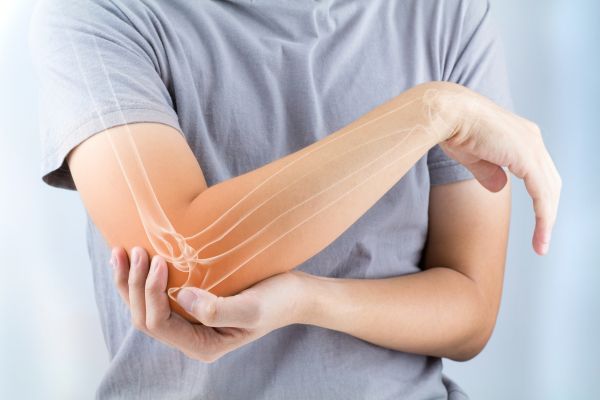
People of all ages can experience joint instability. The condition may come on suddenly, including after a hard fall, or could be the result of repeatedly performing the same motion.
Joint instability can make it difficult to stand on or use the affected limb. Over time, you may notice that the bone slips out of the socket as you perform a specific motion.
Addressing this issue involves strengthening the full joint, including tendons, muscles and ligaments to reduce re-injury risks.
What Is Joint Instability?
The cartilage, tendons and ligaments surrounding our joints support the connecting bones and secure them in place. Joint instability occurs when these soft tissues weaken as a result of being torn or stretched due to age or injury. When this happens, the lack of support alters joint structure, causing the bone to move out of the socket created by the cartilage.
You may notice this change while you’re in motion and eventually when at rest. Instability can affect all joints, from the hips, knees, elbows and shoulders to your ankles, thumbs and toes.
Causes of Joint Instability
Common sources of joint instability include:
- Repeat joint dislocations
- Repetitive strain from playing a sport or performing an action over and over
- A congenital abnormality such as hypermobile or loose joints
- Slower tendon and ligament development, an issue primarily affecting children and teens
- Falls causing a dislocation or stretching the ligaments
You’re at higher risk for joint instability if:
- You engage in an activity or have a job involving repetitive motions
- Your joints naturally move in multiple directions
- You have a history of dislocations
Failing to address these concerns can lead to:
- Chronic subluxations, in which you live with a partial dislocation
- Rotator cuff damage
- Decreased range of motion
- Damage to the surrounding blood vessels and nerves
- Surgical intervention to repair the joint and related damage
Symptoms of Joint Instability
Signs of joint instability include:
- Routine joint dislocations
- Noticing your joint slip out of place, especially when performing certain actions
- Joint looseness
- Pain, numbness or a pins-and-needles sensation around the joint
Diagnosing and Treating Joint Instability
A doctor will request imaging to identify a dislocated bone or observe tissue damage. From here:
- If dislocation has occurred, your limb may be placed in a sling or you’ll use a splint, ice the area and control swelling with an anti-inflammatory medication
- You may be steered toward physical therapy to strengthen the muscles and ligaments
- Surgery may be needed to repair the ligaments
- You may be asked to limit activities contributing to dislocation or wear sufficient protective gear to reduce impact placed on the joint.
Work with the physical therapists at Integrated Rehab to strengthen your joints and reduce instability and dislocation risks. To learn more about our services, contact us today.

